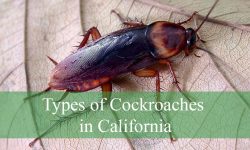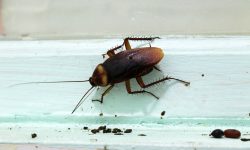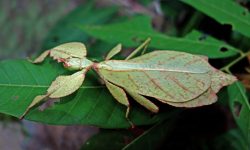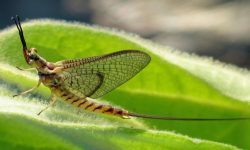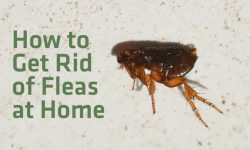Dealing with a hornet’s nest near your home can be a daunting task. While professional extermination is the safest option for large nests, there are DIY methods you can use to safely and effectively remove smaller infestations.
Below are 20 proven ways to get rid of hornets, including natural solutions, deterrents, and safety tips to ensure you avoid painful stings while protecting your space.
Natural Ways to Get Rid of a Hornet’s Nest
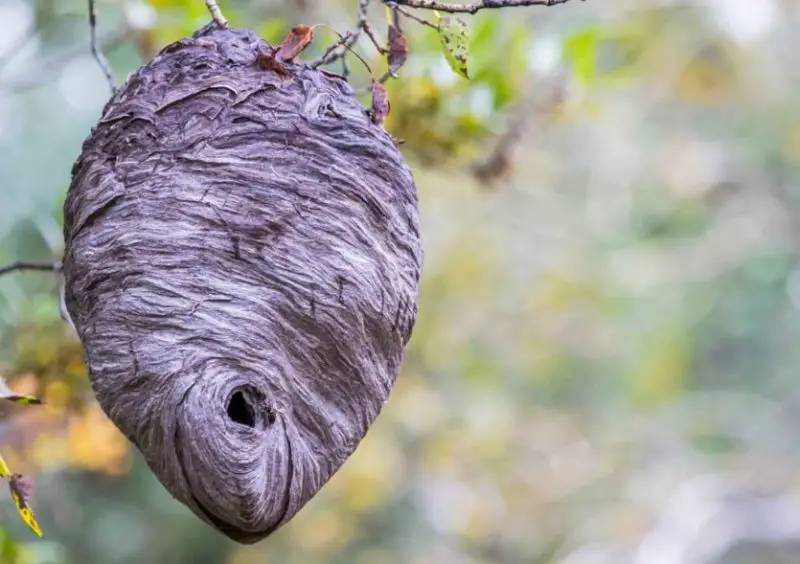
Remove Food Sources to Prevent Infestations
The first step in preventing a hornet infestation is to eliminate any accessible food sources around your home. Hornets are attracted to sweet substances, such as ripe fruit, sugary drinks, and food scraps. Keep garbage bins tightly closed, clean up fallen fruits, and avoid leaving food outside. By doing this, you create an inhospitable environment, which discourages hornets from building a nest nearby.
How to Get Rid of Hornets in the Attic
If you discover a small hornet infestation in your attic, a shop-vac with a soapy water solution can help you get rid of them effectively. Here’s how:
- Fill your shop-vac with water and add dish soap to create a sudsy mix.
- Wear protective clothing, including long sleeves and pants.
- Carefully position the shop-vac nozzle near the hornets and turn it on, allowing them to be sucked into the soapy solution, which will drown them.
This method is best suited for small infestations and helps prevent further colonization in your attic.
Create a Sugar Trap to Lure Hornets
One of the best natural ways to get rid of hornets is by using a DIY sugar trap. Hornets are attracted to sweet liquids, and you can use this to your advantage by trapping them.
- Cut a 2-liter plastic bottle in half.
- Fill the bottom half with a mixture of sweet liquid (like soda or juice) and add a teaspoon of dish soap.
- Insert the top portion of the bottle upside down to form a funnel. The hornets will enter but won’t be able to escape.
Place the trap in areas where you frequently see hornet activity to gradually reduce their population.
Hornet Killer and Deterrent Spray
For an effective outdoor solution, make your own hornet spray using natural ingredients like ginger root, horseradish, and hot peppers.
- Boil water and pour it over ginger root, hot pepper, and horseradish in a Mason jar. Let it steep overnight.
- Mix the steeped solution with water and dish soap in a spray bottle.
- Spray directly on hornets or areas where you want to deter them.
This homemade spray not only kills hornets but also repels them from returning.
Peppermint Hornet Repellent Spray
Peppermint oil is another natural deterrent that hornets cannot stand. To make your own peppermint spray:
- Combine 2 cups of water, 30 drops of peppermint essential oil, and 2 tablespoons of dish soap in a glass spray bottle.
- Shake well and spray directly on hornets or nests.
Keep this spray handy in outdoor areas to create a hornet-free zone around your home.
Soap and Water Spray for Quick Results
Soap is an effective natural insect killer. When sprayed directly on hornets, it penetrates their exoskeleton and causes them to drown. Here’s how to make a quick soap solution:
- Fill a hose-end sprayer with 1/4 cup of dish soap.
- Connect the sprayer to a garden hose.
- Spray a steady stream of soapy water onto the nest from a safe distance to saturate and eliminate the hornets.
This method works well for nests within reach, but always wear protective clothing to avoid stings.
Household Hornet Spray for Emergencies
If a hornet enters your home and you don’t have insecticide, you can use hairspray to quickly immobilize and kill it. Simply wait for the hornet to land, then spray it directly with hairspray. The sticky formula will stop it from flying, and you can safely remove it.
Vinegar and Sugar Hornet Trap
For an outdoor hornet trap that won’t harm honeybees, try using vinegar and sugar:
- Cut a 2-liter plastic soda bottle in half.
- Mix 1 cup of apple cider vinegar, 1 cup of sugar, and 1/4 cup of dish soap in the bottom half.
- Insert the top half upside down to form a funnel.
Hornets are drawn to the sweet-smelling solution but cannot escape, making this trap both effective and environmentally friendly.
Boiling Water for Ground Hornet Nests
If you discover a ground nest, you can eliminate it with boiling water:
- Boil a large pot of water and mix in dish soap.
- Pour the solution into a watering can.
- In the evening, when hornets are less active, carefully pour the boiling soapy water into the nest entrance.
Be sure to wear protective clothing and have a clear path to safety in case the hornets become aggressive.
Eliminate Hornets in Trees with Long-Range Insecticide
For hornet nests in trees, it’s best to use a long-range insecticide spray that can reach up to 20 feet. Follow these steps:
- Wear a bee suit or protective layers, including goggles and a hat.
- Wait until evening, when hornets are less active.
- Use a flashlight with a red filter to locate the nest (hornets can’t detect red light).
- Spray insecticide directly into the nest opening for about 10 seconds.
If the nest is still active after a couple of days, repeat the process. Once the nest is no longer active, remove it and dispose of it safely.
Using Insecticide Dust to Remove Ground Hornet Nests
If you find a ground hornet nest, insecticide dust is an effective way to deal with it. The dust penetrates deep into the nest and kills the entire hornet colony. Here’s how to do it:
- Purchase specialized insecticide dust for hornets from a pest control supplier.
- Wear protective clothing, including long sleeves, gloves, and a hat.
- Sprinkle the dust at the entrance of the hornet nest in the evening when they are less active.
- After a few days, the nest will no longer be active, and you can safely remove it.
Using Blue Light to Attract and Trap Hornets
Hornets are attracted to blue light, so you can use a UV blue light to trap them:
- Place a UV blue light near the hornet nest or in areas where hornets frequently fly by.
- The blue light will attract the hornets and lead them into a trap set nearby.
- Once trapped, the hornets won’t be able to escape.
Using Smoke to Drive Hornets Away
Smoke is a natural method to drive hornets away without harming them. Here’s how you can use it:
- Build a small fire or use a charcoal burner near the hornet nest.
- Let the smoke drift toward the nest. The smoke will make the hornets uncomfortable, causing them to abandon the nest.
- Once the hornets have left, you can safely destroy or relocate the nest.
Using Natural Oils Like Clove Oil or Tea Tree Oil
Besides peppermint oil, natural oils like clove oil and tea tree oil are also effective at repelling hornets:
- Mix 2 cups of water with 20-30 drops of clove oil or tea tree oil.
- Spray this mixture on the hornet nest or in areas where hornets are frequently spotted.
- Clove oil and tea tree oil are natural insect repellents and will help drive hornets away without harming the environment.
Using Insecticidal Gel
Insecticidal gel is a safe and low-risk method to kill hornets without directly approaching the nest. You can apply the gel near the nest or in areas where hornets commonly fly. When hornets come into contact with the gel, they carry the poison back to the nest, eliminating the entire colony.
Setting Sticky Traps
Sticky traps are a manual but effective way to capture hornets:
- Buy sticky traps or make your own using double-sided tape, and place them in areas where hornets are active.
- When hornets fly into the traps, they will get stuck and won’t be able to escape.
- Ensure you place the traps away from areas where people frequently pass by to avoid inconvenience.
Spraying Ammonia Solution
Ammonia has a strong odor that hornets find unbearable, and it can kill hornets upon contact. Here’s how:
- Mix ammonia with water in a 1:1 ratio.
- Wear protective clothing and spray this solution directly on the nest at night.
- After a few days, the nest will become inactive, and you can safely remove it.
Using Electronic Bug Zappers
If you want to eliminate hornets without chemicals, an electronic bug zapper is a great option. These zappers emit light to attract hornets, and when they fly into the device, they are electrocuted and killed instantly.
Setting a Liquid Trap with Sugar Water and Vinegar
This is an easy trap you can make with ingredients you already have at home:
- Mix sugar water, vinegar, and a little dish soap in a cut plastic bottle.
- Place the top of the bottle upside down inside the bottom to form a funnel.
- Set the trap in areas where hornets are common. The hornets will be attracted to the sugar water but won’t be able to escape.
Installing Protective Screens
Lastly, an effective preventive method is to install protective screens around your home, particularly in areas like attics, windows, and doors. Screens help keep hornets from flying into your home or building nests near where you live.
Conclusion
There are many safe and effective ways to get rid of a hornet’s nest, ranging from natural remedies to commercial solutions. However, always remember that large or complex nests should be handled by professionals to ensure safety. Preventing hornets in the first place by eliminating food sources and applying preventive measures will help you avoid dealing with these pests in the future.

